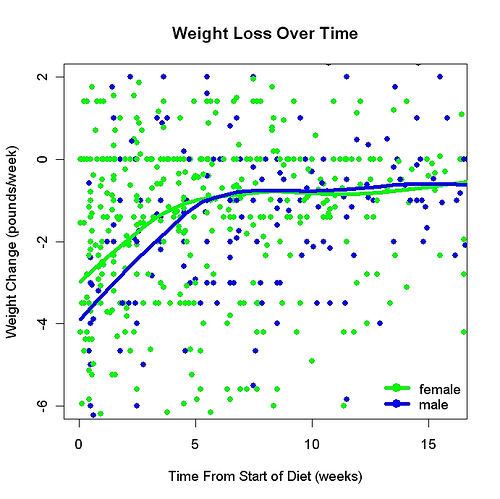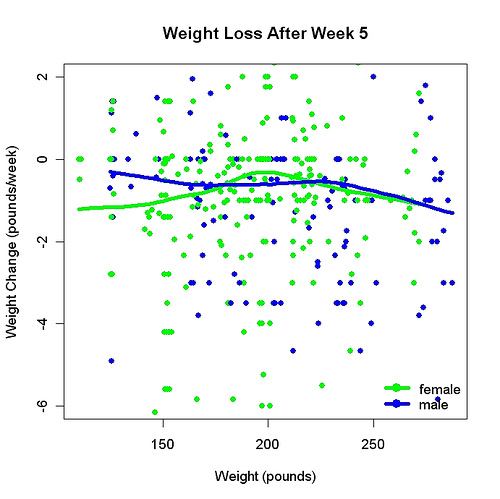In Cities and the Wealth of Nations, Jane Jacobs wrote about an isolated North Carolina hamlet that her aunt visited in 1923:
One of my aunt’s tasks there was to see to construction of a church. . . One of the farmers donated, as a site, a beautiful knoll beside the river and my aunt suggested the building be made of fine large stones which were already quarried, as it were, needing little dressing, there for the taking in the creek and river beds. No, said the community elders, it was a pretty idea but not possible. . . . Entire walls and buildings of stone would not be safe.
These people came of a parent culture that had not only reared stone parish churches from time immemorial, but great cathedrals.
Likewise, nutritional wisdom is forgotten. Drinking olive oil now seems absurd to some people. But it was practiced in at least one place in the not-so-distant past:
In a mountain village in Crete, [Ancel] Keys saw old farmers working in the field who drank only a glass of olive oil for breakfast; he later verified that one of them was 106 years old.
From Todd Tucker, The Great Starvation Experiment, p. 204. There is a whole organization (Oldways) devoted to preserving ancient foodways and using them for nutritional guidance. The best practitioner of this approach has been Dr. Weston Price, a dentist, whose work is nicely summarized here. Dr. Price traveled the world looking for economically-primitive societies (“native peoples”) with ancient eating habits and excellent health. Their diets, especially the common elements, would suggest what a healthy diet must have.
Two of Dr. Price’s conclusions are relevant to the Shangri-La Diet:
1. “All native peoples studied made great efforts to obtain seafood.” This supports my comments about the importance of omega-3 fats, found much more in seafood than in other foods.
2. “The last major feature of native diets that Price found was that they were rich in fat, especially animal fat.” The animal fat in native diets would be high in omega-3 because the animals were eating grasses and other plants, not corn.
When I wrote my long paper on self-experimentation I divided it into two parts: one titled “Stone-Age Life Suits Us” (the common thread of the five examples), the other about weight control (the research behind SLD). The two parts struck me as quite different. Drinking sugar water to lose weight was definitely not a return to a Stone-Age lifestyle. But the big improvements in SLD since I wrote that paper — from sugar water to ELOO, and from ELOO to oils high in omega-3 — brought SLD much closer to the Stone-Age-Life-Suits-Us theme, I now see.




